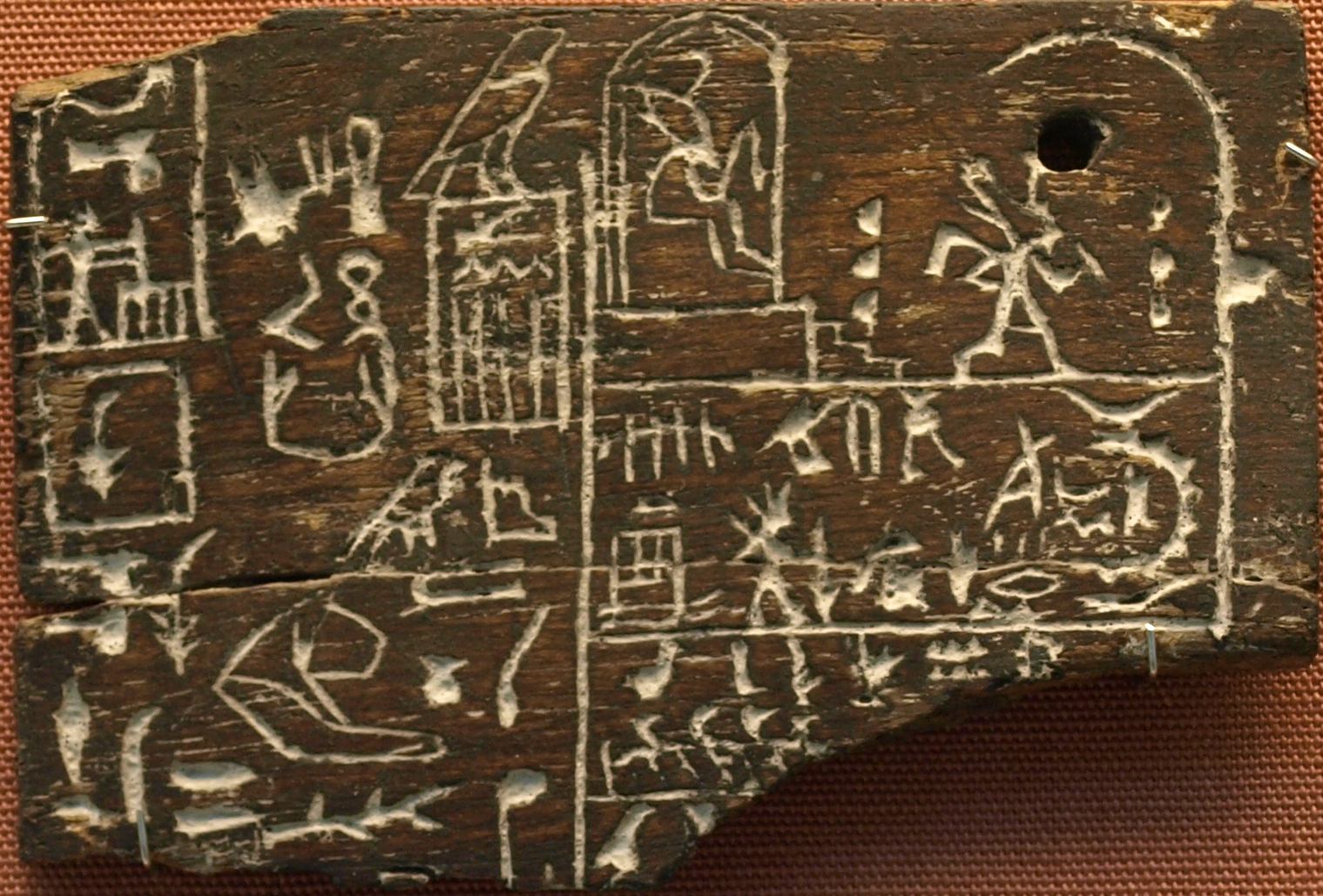Hemaka on:
[Wikipedia]
[Google]
[Amazon]
Hemaka was an important official during the long reign of the First Dynasty Egyptian pharaoh Den.  The tomb of Hemaka is larger than the king's own tomb, and for years was mistakenly thought of as belonging to Den. It was first excavated by
The tomb of Hemaka is larger than the king's own tomb, and for years was mistakenly thought of as belonging to Den. It was first excavated by  As seen from inscriptions on pottery seals, Hemaka was also responsible for maintaining one of the royal domains of king Den, a farm or vineyard for express use of the royal family and later to support the king's funerary cult. It seems likely that he began his service to the king in this position, succeeding to governing other domains until he rose to the position of chancellor.Wilkinson, Toby A. H. ''Early Dynastic Egypt.'' p. 124-125. Routledge, 1999.
As seen from inscriptions on pottery seals, Hemaka was also responsible for maintaining one of the royal domains of king Den, a farm or vineyard for express use of the royal family and later to support the king's funerary cult. It seems likely that he began his service to the king in this position, succeeding to governing other domains until he rose to the position of chancellor.Wilkinson, Toby A. H. ''Early Dynastic Egypt.'' p. 124-125. Routledge, 1999.
Radiocarbon dating
Radiocarbon dating (also referred to as carbon dating or carbon-14 dating) is a method for determining the age of an object containing organic material by using the properties of radiocarbon, a radioactive isotope of carbon.
The method was de ...
research undertaken during the 1950s suggested a date for Hemaka lifetime ca. 3100 BC.
One of Hemaka's titles was that of "seal-bearer of the king of Lower Egypt", effectively making him chancellor
Chancellor ( la, cancellarius) is a title of various official positions in the governments of many nations. The original chancellors were the of Roman courts of justice—ushers, who sat at the or lattice work screens of a basilica or law cou ...
and second in power only to the king.Wilkinson, Toby A. H. ''Early Dynastic Egypt.'' p. 65. Routledge, 1999.
 The tomb of Hemaka is larger than the king's own tomb, and for years was mistakenly thought of as belonging to Den. It was first excavated by
The tomb of Hemaka is larger than the king's own tomb, and for years was mistakenly thought of as belonging to Den. It was first excavated by Cecil Mallaby Firth
Cecil Mallaby Firth (5 July 1878 – 1931) was a British Egyptologist.
Firth was baptised at Ashburton, Devon, Ashburton in Devon on 14 August 1878, the son of Henry Mallaby Firth, gent., and Frances (Fanny) Caunter. He became a lawyer, and ...
in 1931 and work was continued under the supervision of Walter Bryan Emery starting in 1936.W. B. Emery: ''Excavations at Saqqara: the tomb of Hemaka'', Cairo: Government Press
This tomb, located in the northern part of Saqqara
Saqqara ( ar, سقارة, ), also spelled Sakkara or Saccara in English , is an Egyptian village in Giza Governorate, that contains ancient burial grounds of Egyptian royalty, serving as the necropolis for the ancient Egyptian capital, Memphi ...
, contained many grave goods
Grave goods, in archaeology and anthropology, are the items buried along with the body.
They are usually personal possessions, supplies to smooth the deceased's journey into the afterlife or offerings to the gods. Grave goods may be classed as a ...
from this era, including numerous what appear to be gaming discs and a circular wooden box containing the earliest surviving piece of papyrus. The wealth of goods from this tomb as well as those of other officials from this time are thought to reflect the relative prosperity of Den's reign.
 As seen from inscriptions on pottery seals, Hemaka was also responsible for maintaining one of the royal domains of king Den, a farm or vineyard for express use of the royal family and later to support the king's funerary cult. It seems likely that he began his service to the king in this position, succeeding to governing other domains until he rose to the position of chancellor.Wilkinson, Toby A. H. ''Early Dynastic Egypt.'' p. 124-125. Routledge, 1999.
As seen from inscriptions on pottery seals, Hemaka was also responsible for maintaining one of the royal domains of king Den, a farm or vineyard for express use of the royal family and later to support the king's funerary cult. It seems likely that he began his service to the king in this position, succeeding to governing other domains until he rose to the position of chancellor.Wilkinson, Toby A. H. ''Early Dynastic Egypt.'' p. 124-125. Routledge, 1999.
See also
* List of ancient EgyptiansReferences
{{First Dynasty of Ancient Egypt, state=expanded 31st-century BC Egyptian people People of the First Dynasty of Egypt Den (pharaoh)